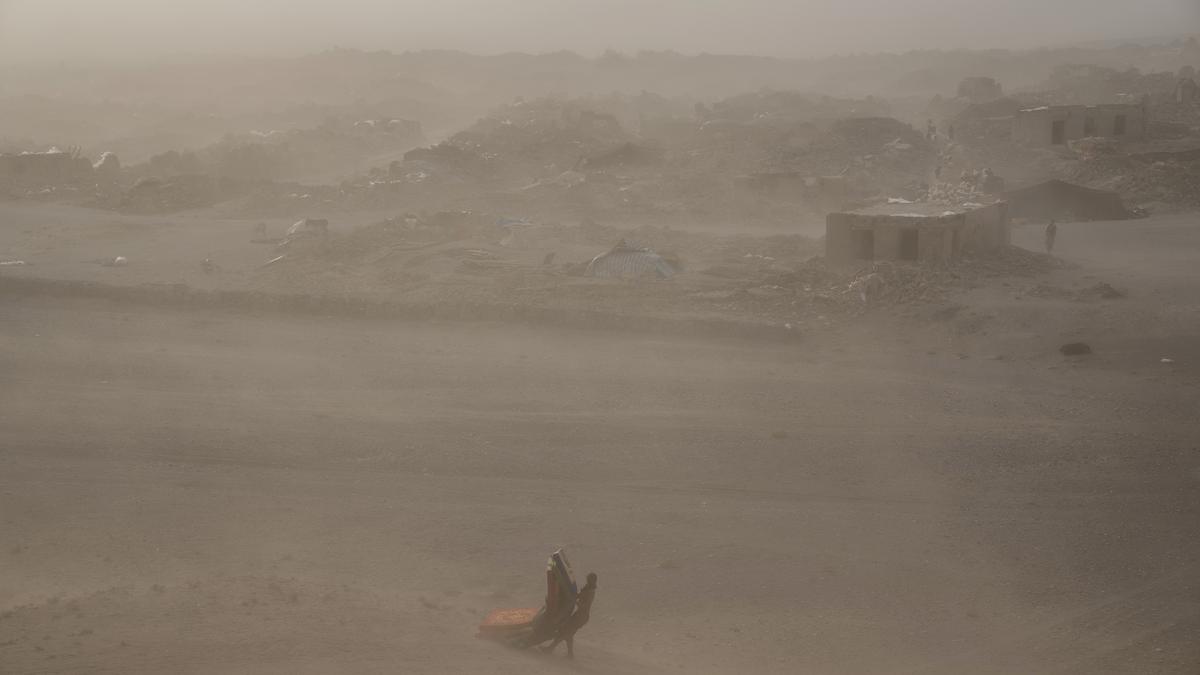Aestivation is to endure hot conditions while animals like this hedgehog hibernate to survive the winter.
Ever felt the urge to sleep through a hot day? Some animals do exactly that to beat the heat, but for a whole season. This is called estivation (or aestivation). It is a biological phenomenon whereby the animal enters a long period of dormancy, or inactivity, in response to high temperature or maybe even drought-like conditions. It is a survival strategy that helps the animal conserve energy and water in a difficult time.
During estivation, the animal often seeks shelter in a cool underground burrow, crevice or cocoon, where it will remain in a state of reduced metabolic activity, which in turn reduces the rate at which the body consumes energy. Estivation can also be a way to avoid desiccation – i.e. extreme dryness of the skin – and also lower the risk of being preyed on by a predator.
For example, the West African lungfish (Protopterus annectens) burrows into the mud of a drying water body and secretes a cocoon of mucus around itself during a drought. Desert tortoises (Gopherus agassizii) dig burrows and retreat into them in hot summer months. Many land snails seal themselves in their shells with a mucous plug, and stay inactive until the conditions outside improve.













